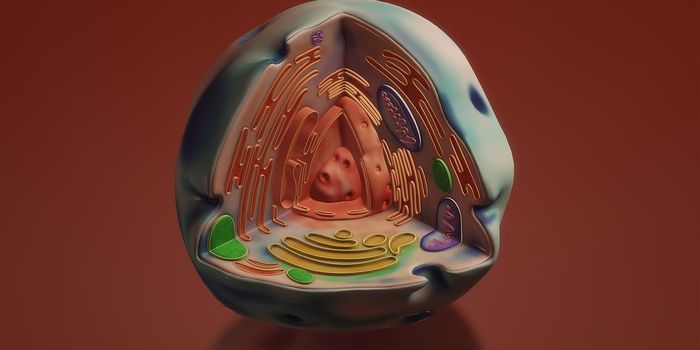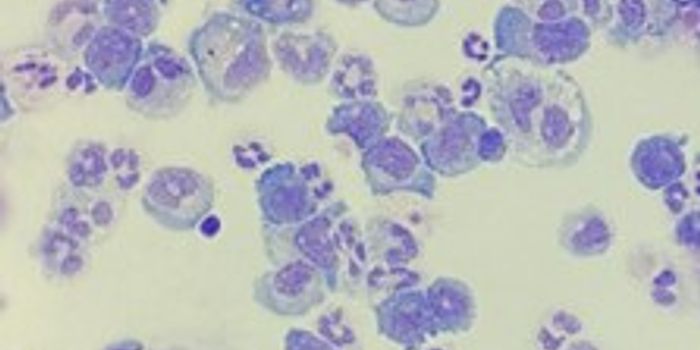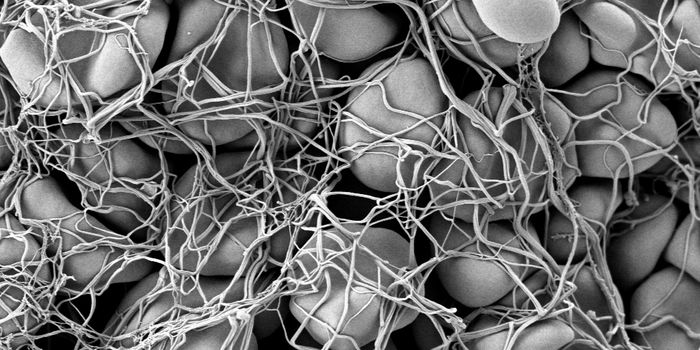Recent research estimate that tumors receive less than 1 percent of the nanomedicine that’s delivered systemically. Thus, a big hurdle in cancer treatment is effectively localizing anticancer drugs directly to the tumor. Now researchers at the Massachusetts Institute of Technology (MIT) say they they’ve found a solution to this problem in the form of a
supercharged adhesive drug patch that sticks to the tumor.
The patch is a triple threat, delivering anticancer medicine, and gene and light-based therapy – all working in combination to destroy cancer cleanly and completely.

Earlier this year, another group, also from MIT, developed a similar chemotherapy
patch system for pancreatic cancer. This time around, instead of being polymer-based, the patch is made of a popular biocompatible and biodegradable
hydrogel material. And in addition to delivering chemotherapy drugs, the patch also contains two other mechanisms designed to kill any residual cancer cells left over from surgery.
The primary component of the patch are gold nanorods that pack chemotherapy drugs and respond to infrared light radiation. In the presence of radiation, the rods heat up and release their drug load. Physical heat itself is also an effective way to destroy the cancer tissues. The researchers also incorporated into the patch gold nanospheres that release RNA particles that silence a common cancer-causing gene in colorectal cancer. The combination of these three tactics make this patch an impressive triple combination therapy.
But the most important aspect of the patch may be its ability to localize the attack on the cancer. "This means that we are treating both the source of the cancer -- the tumor -- and the metastases resulting from that source, in a suboptimal manner," Artzi says. "That is what prompted us to think a little bit differently, to look at how we can leverage advancements in materials science, and in particular nanotechnology, to treat the primary tumor in a local and sustained manner."
In addition to killing the cancer more completely, the patch would also reduce the side effects of chemotherapy on healthy cells – a “collateral damage” process some patients and doctors have come to accept to be part of cancer treatment. Indeed, if chemotherapy drugs can be localized, toxicity to nearby organs and tissues could be minimized or even avoided.
In experiments with a mouse model of colorectal cancer, the team showed the triple-therapy patch in combination with surgery provided far superior outcomes compared to surgery alone. Mice treated only with tumor removal showed higher incidences of the cancer returning.
The team also hopes the anticancer effects of the patch can be enough for some types of cancer, especially those that are caught early. In such cases, the patch could be applied in a minimally invasive manner to shrink the tumor over time, which could save patients from more risky operations. "Local application of the triple therapy could thus improve patients' quality of life and therapeutic outcome," said Natalie Artzi, MIT scientist, assistant professor of medicine at Brigham and Women's Hospital, and senior study lead.
Additional source:
MIT press release


















































